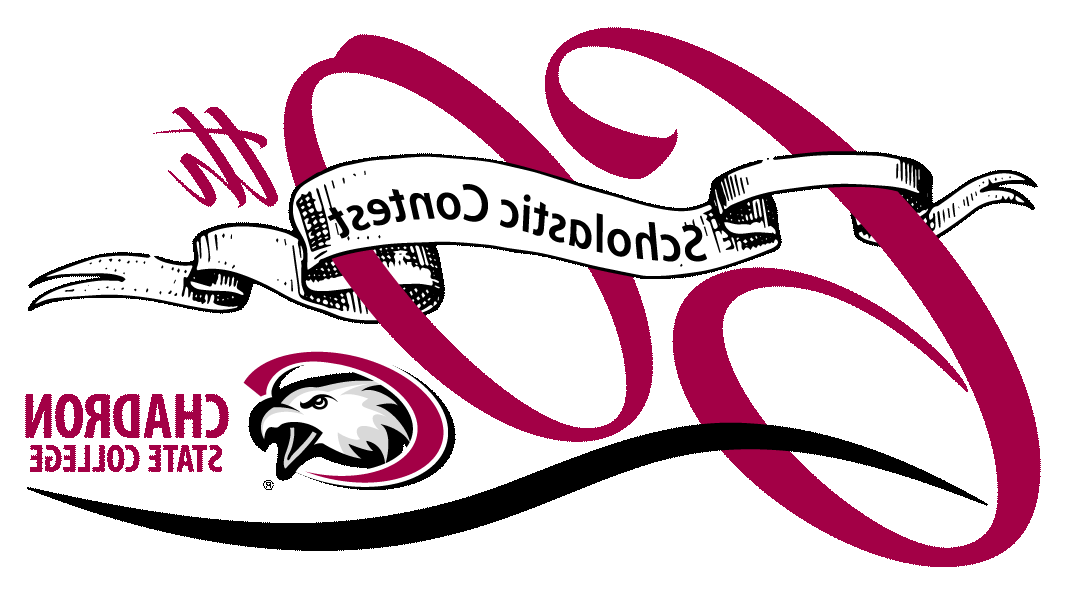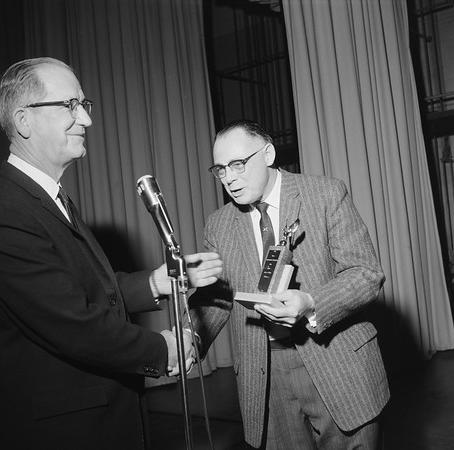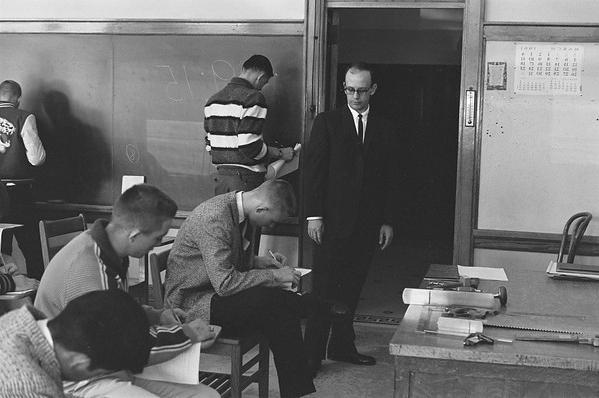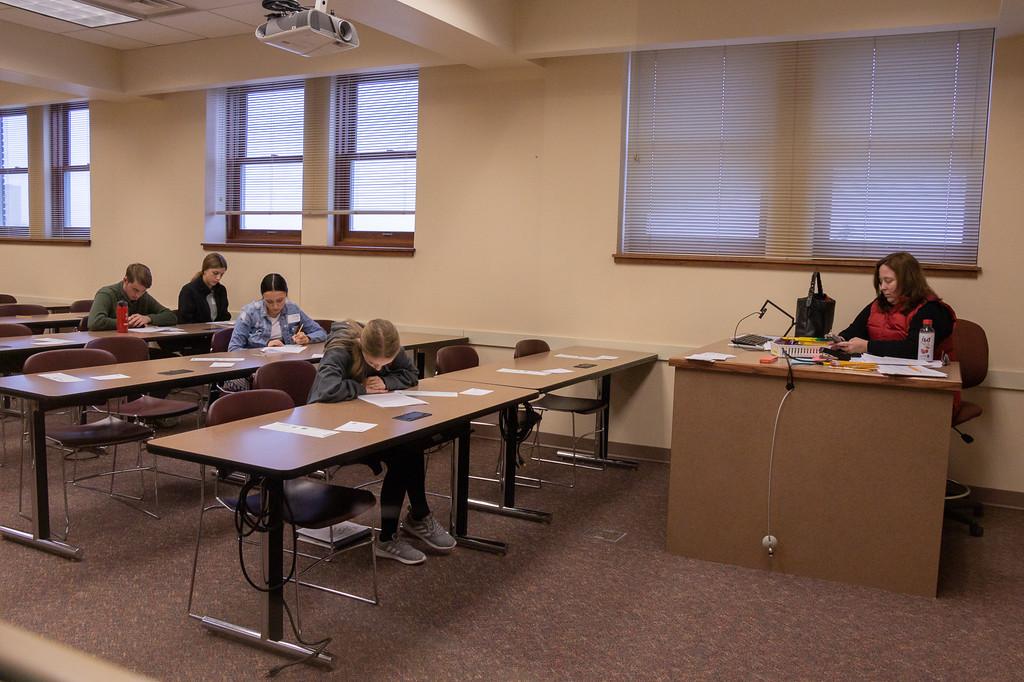CSC set to host 60th Scholastic Contest

CHADRON – Chadron State College will host its 60th annual Scholastic Contest Wednesday. Thirty-two schools from Nebraska, Wyoming, South Dakota, and Colorado, plan to bring more than 900 students to campus to take 42 tests, according to Caitlin Roes chair of the Scholastic Contest Committee. Students who earn high marks in their respective tests will earn CSC scholarships.
In addition to the academic component, activities include a Club and Department Fair, an Open Mic, a mountain lion necropsy, a fingerprint demo, and planetarium shows.
The first scholastic contest in 1961 drew 850 students from 41 schools to take 29 tests. The event was started after Ross Armstrong, long-time coach and athletic director, visited Kearney State for a track meet while that institution was hosting its scholastic contest. When he saw how many students it had brought to the campus, he discussed it with President Barton Kline, and soon after CSC began to host an Inter-High School Scholastic Contest.
Dr. Eugene Hughes, a CSC math professor who later became the President at Northern Arizona and Wichita State, was the first director of the contest sanctioned by the National Federation of State High School Associations.
Some of the tests in the early 1970s included shorthand, woodworking, mechanical drawing, driver education, French, Spanish, and German.
In 1978, the contest nearly tripled to 2,368 participants. That year, President Ed Nelson presided at an awards ceremony to recognize individual and school winners. The following year, a full-tuition scholarship was offered to any senior who won a contest.
The 1992 contest is thought to be the largest on record. It attracted 2,642 students from 78 schools.
A wide variety of activities have been offered to the guests when they are not busy taking tests. At one time, the Health Professions Club had a health fair with blood typing and blood pressure checks. Humvees and horse-drawn wagons from Fort Robinson have given students rides around campus, and other options have included climbing walls, chin-up bars, and a video game trailer. For years, the Human Genome scavenger hunt was a regular activity for competitors. Hints to online clues were posted on yard signs along the main sidewalk through campus.
Other attractions included a model car race hosted by the Industrial Arts Technology Guild, as well as planetarium shows and a trivia bowl. For several years, the college hosted a dance on Thursday nights for high schools that traveled long distances.
Dr. Joyce Hardy, Professor of Biology, recalls staying in Work Hall the night before she and her fellow high school students competed in the contest. Years later as the Vice President of Academic Affairs, she sent letters of recognition to the top winners in each exam. Since returning to the classroom, she has seen two new exams added from her area, one in pre-veterinary science and one in environmental science.
Alum Noelle Strang Baker said she took the test in 1982 and a year later as a CSC student she was hand grading the tests.
Technology has been central to the contest since hand-scoring tests ended.
In 1996, results were posted manually to the CSC web page, according to Chief Information Officer Ann Burk. Other advancements included automated results posted to the CSC web page in 2002 and delivery of results to high school sponsors in near real-time.
A year later, a web-based registration system for high schools replaced the paper-based process, saving personnel time and postage. In 2004, advancements were made so test results could be viewed from any computer with web access. A year later, a new website was created that allowed online registration, grading, and score processing.
To allow students to take part in campus activities, the focus has changed from displaying test results throughout the Student Center. Associate Chief Information Officer Joby Collins said, instead, results are tallied and campus representatives deliver the results and medals to participating schools. Individual and school results will be online a week after the contest.
Winning or placing in the top three individually or in one of the five school divisions has been a source of pride.
“Our science instructor at the time was a CSC alum and would do her best to sign up as many of us as possible who wanted to participate in categories she thought we’d do well in. We would wake up around 3 a.m. to make the long drive to Chadron in time for the first round of tests. When I was a senior, our high school took first place in our division. While not all of us placed at the top of our tests, we all truly felt part of a winning team that day and were given a heroes’ welcome when we arrived later that night back in Stuart,” said Tony Serbousek, a former Chadron resident who attended high school in Stuart, Nebraska.
Category: Campus News





